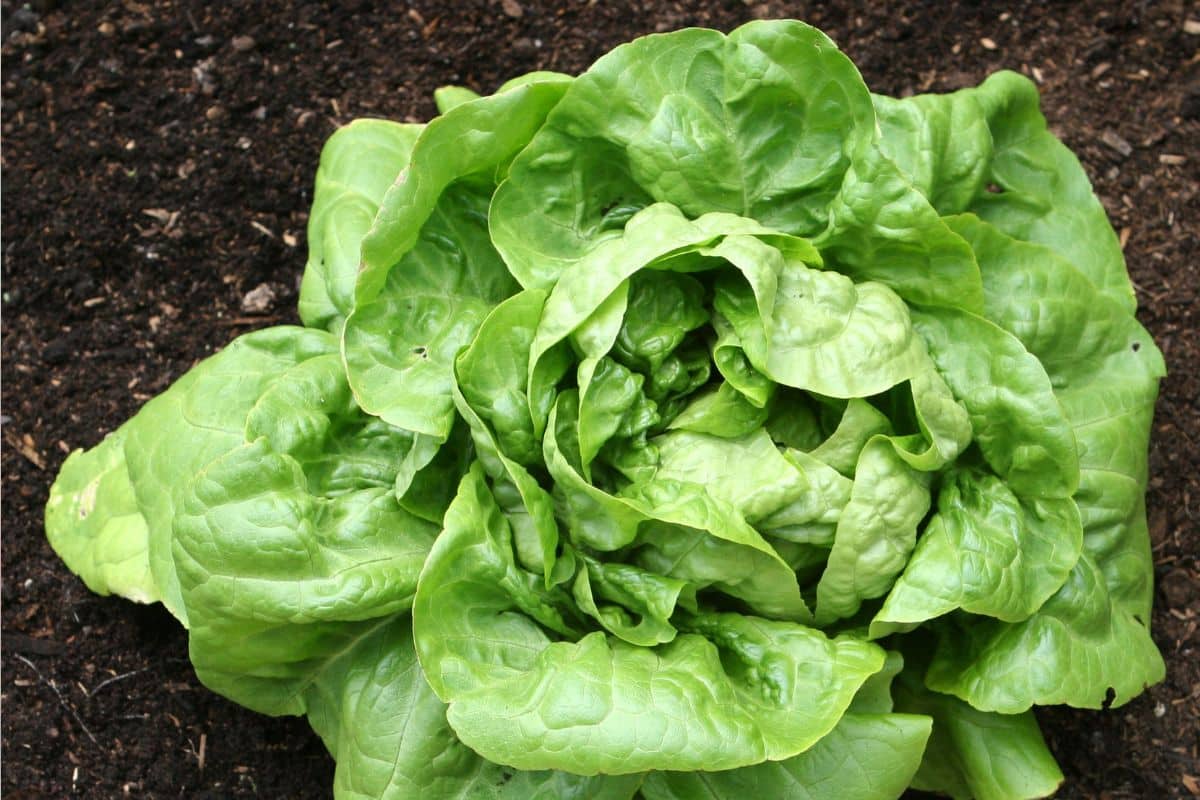Growing buttercrunch lettuce successfully requires understanding its specific sunlight requirements. This popular lettuce variety, known for its crisp texture and sweet flavor, thrives when given the right amount of light. Whether you’re a seasoned gardener or just starting your first vegetable patch, knowing how to provide optimal growing conditions will help you harvest delicious, nutrient-rich lettuce.
Optimal sunlight conditions for buttercrunch lettuce
Buttercrunch lettuce performs best with 4 to 6 hours of sunlight daily. Unlike sun-loving vegetables such as tomatoes or peppers, this lettuce variety belongs to the family of leafy greens that prefer moderate light exposure. The ideal situation provides morning sun with afternoon shade, especially in warmer climates.
When planning your garden layout, consider placing buttercrunch lettuce in an area that receives dappled or filtered sunlight. This might be under taller plants or in a spot that naturally gets partial shade during the hottest part of the day. In cooler regions with less intense sun, buttercrunch can handle more direct sunlight without suffering.
The relationship between sunlight and temperature plays a crucial role in lettuce growth. Buttercrunch lettuce prefers temperatures between 60-70°F (15-21°C). When exposed to excessive heat and direct sunlight, especially during summer months, the plant may bolt – meaning it will quickly produce a flower stalk and go to seed, resulting in bitter-tasting leaves.
For year-round cultivation, adjust sunlight exposure seasonally. During spring and fall, buttercrunch lettuce can generally handle more direct sunlight. In summer, increased protection from intense afternoon rays becomes essential, while winter growing might require maximizing available sunlight.
Signs of improper sunlight exposure
Knowing when your buttercrunch lettuce is receiving too much or too little sunlight helps maintain healthy plants. Look for these indicators to adjust growing conditions accordingly:
Too much sunlight often manifests as wilted or scorched leaves with brown edges. The plant may appear stressed, and growth will slow significantly. Leaves might develop a bitter taste, and the plant will bolt prematurely, especially during hot weather. If you notice these symptoms, consider relocating your lettuce or providing temporary shade during peak sunlight hours.
Insufficient sunlight presents different challenges. Plants receiving too little light develop pale, elongated stems and smaller leaves. Growth becomes slow and leggy as the plant stretches toward available light. The flavor profile diminishes, resulting in less sweet, less crisp lettuce. Similar to other plants like basil, inadequate light reduces overall vigor.
Monitor your plants regularly and look for these warning signs:
- Yellowing leaves (can indicate both too much or too little light)
- Stunted growth or poor development
- Unusually thin or stretched stems
- Premature flowering (bolting)
- Pest problems (weakened plants attract more pests)
Growing buttercrunch lettuce in different settings
Buttercrunch lettuce adapts well to various growing environments when light requirements are properly managed. In traditional outdoor gardens, select locations that receive morning sun but offer protection from harsh afternoon rays. Consider planting near taller vegetables or structures that cast partial shade during peak heat hours.
Container gardening offers flexibility in managing sunlight exposure. Pots can be moved throughout the day to optimize light conditions, making this an excellent option for urban gardeners. You might even incorporate buttercrunch lettuce into an office garden near a north or east-facing window.
Indoor growing with artificial lights has become increasingly popular, especially for year-round production. LED grow lights specifically designed for leafy greens provide the ideal spectrum without excessive heat. Position lights 6-12 inches above plants and provide 10-12 hours of artificial light daily when natural light is insufficient.
Raised bed gardens offer excellent control over growing conditions. Position beds to maximize morning sun exposure while utilizing shade cloth during intense afternoon heat. Many gardeners plant buttercrunch alongside other cool-season crops like pea shoots and organic sprouts that share similar light preferences.
Seasonal adjustments for sunlight management
Successful buttercrunch lettuce cultivation requires adapting to seasonal light changes. During spring planting, gradually acclimate seedlings to outdoor conditions through hardening off. Start with 1-2 hours of morning sun, gradually increasing exposure over a week to prevent shock and sunburn.
Summer growing presents the greatest challenge for buttercrunch lettuce. Implement these strategies to manage intense summer sunlight:
- Use 30-50% shade cloth during peak hours (10am-4pm)
- Plant on the north or east side of taller plants like tomatoes or corn
- Increase watering frequency to combat heat stress
- Consider switching to more heat-tolerant varieties until cooler weather returns
Fall offers ideal growing conditions for buttercrunch lettuce with moderate temperatures and gentle sunlight. Plant 4-6 weeks before first frost for a bountiful autumn harvest. Take advantage of natural light cycles as days shorten, which helps prevent bolting.
Winter cultivation requires maximizing available sunlight. Unlike kale varieties that thrive in cold conditions, buttercrunch needs protection in most climates. Cold frames, greenhouses, or indoor growing setups help extend the season. In milder regions, positioning plants in full sun during winter months provides adequate light without heat stress, similar to other winter produce.
Creating the perfect environment
Beyond sunlight management, creating an ideal growing environment involves several complementary factors. Soil quality significantly impacts how buttercrunch lettuce utilizes available light. Rich, well-draining soil with plenty of organic matter helps plants develop strong root systems capable of supporting healthy growth.
Companion planting enhances growing conditions naturally. Consider planting buttercrunch lettuce near fall flowers like marigolds that repel pests while providing dappled shade. Herbs such as dill and cilantro make excellent companions that attract beneficial insects while sharing similar light requirements.
Consistent watering maintains plant health regardless of sunlight conditions. Buttercrunch lettuce prefers evenly moist soil, especially during periods of increased sun exposure. Apply mulch around plants to retain moisture and regulate soil temperature, which helps mitigate stress from variable light conditions.
By understanding and managing the sunlight needs of buttercrunch lettuce, you’ll be rewarded with crisp, sweet leaves perfect for salads and sandwiches. Remember that moderate sunlight exposure of 4-6 hours daily, combined with appropriate seasonal adjustments, creates the foundation for successful cultivation of this delicious leafy green.

